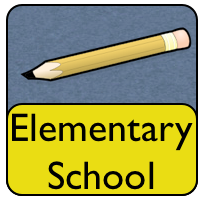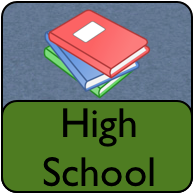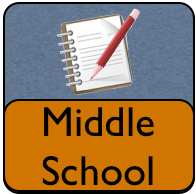In this lesson students will will explore how the life of Alicia Sanchez and her daughter, Eleanor Montour, influenced our 3rd grade community.
Created By: Di Morgan, Alicia Sanchez International
Read More


In this lesson students will use primary sources from the Boulder County Latino History Project and differing news sources on the Baltimore Riots of 2015 to correctly identify connotative and denotative language that implies a biased message. Students will apply their knowledge to creating a news piece that uses both connotative language and denotative language to convey a biased message. This series of lessons covering approximately 7 days is intended to be taught in a quarter-long unit on race and identity. The topic of the Baltimore Riots should be covered or introduced prior to this series of lessons.
Created By: Victoria Racz, Arapahoe High School
Read More
In this lesson students will use a Latino author, George Rivera, as an author model and a Latino illustrator, Tony Ortega, as an illustrator model, in a short writing unit practicing personal narrative. Students will publish personal narratives with an option to use a simple free tool for digital publishing. It is important to show that Latinos from Colorado have experienced success in a variety of fields.
Created By: Jessica Gerstner Twin Peaks Academy Charter School
Read More
In this lesson students will use a strategy called “Philosophical Chairs:” and relying on primary and secondary sources, students discuss what makes a person “American.” I use this lesson in subsequent lessons to consider the question, “Who is the ‘American’ in the American Dream?”
Created By: Lee Lazar, Casey Middle School
Read More
In this lesson students will learn about What Is Courage? by studying and discussing examples from local Latino history. Examples include Alicia Sanchez and her daughter Elenor Montour, Emma Gomez Martinez, Gilbert Espinoza and Ana Karina Casas. Students will then compare examples in a Socratic Seminar and conclude by interviewing a family member about a […]
Read More
In this lesson students will use the resources of the BCLHP website, we will explore these questions: What qualities make a responsible leader? Who are important people in the development of our country? We will utilize a bubble map to identify characteristics of a responsible leader. We will then use a double bubble map to compare and contrast responsible leaders in the Latino community.
Created By: Olga Rojas-Rodriguez,
Read More
In this lesson students will focus on the use of racial slurs and helping students understand the impact slurs can have on an individual and societal level. Students will in engage in discussions focusing on the the usage of slurs in American and local history. It uses a variety of primary sources to exemplify the use of slurs within current american culture and specific communities. Finally, students will reflect on their own usage and comfort with racial slurs while focusing on the complex topic of when it is appropriate to use slurs within specific racial and ethnic groups.
Created By: Lauren Laucius, Centaurus High School
Read More
In this lesson students will will be asked to think about who is commonly portrayed in the media and how they fit into this reflection of the United States. Students begin with a discussion of events from one of the BCLHP youth to show how perspective plays a role in the decisions people make. They will then create a collage of who is seen more frequently in mass media. Then they will be asked to analyze documents and pull out main ideas in the form of a found poem. Finally, students will be asked create a ‘Race Card’ focusing on how they perceive to be seen or not seen. This lesson was created specifically with a small group special education class in mind, but it could be adapted for any classroom.
Read More
In this lesson students will explore issues of identity, discrimination, immigration, language, family, and overcoming challenges as they meet the young Latinos showcased in the Boulder County Latino History Project. By completing group and individual assignments in this mini-unit, students will gain a more complex understanding of the experiences of young Latinos in Boulder County […]
Read More